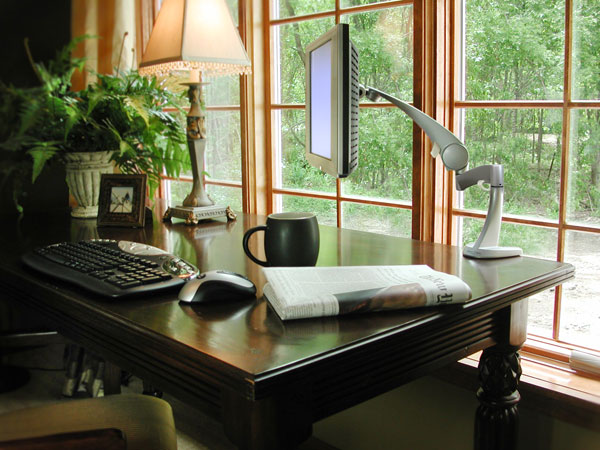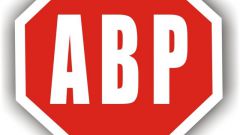Instruction
1
In Opera you have the option to choose any of the four modes of control pop-UPS: open all, block all, open all in the background, to block unsolicited. To access this list, just press the function key F12 and in the browser menu it is necessary to search in section "Quick settings" section of "Settings". Any of these modes of control can be assigned to any site as an exception to the General rule. To do this, click website page, right click and select the context menu item "Settings for your site". On the Main tab select from the drop down list "pop-up" option.
2
In Mozilla FireFox, open the menu section "Tools" and select "Settings". In the dialog, navigate to the Content tab and uncheck Block popup Windows". If you need to lift the ban only for a specific web resource, this can be done using the list of sites-exception, which opens by clicking the button "Exceptions".
3
In Internet Explorer go to menu "tools", and in this subsection "Block popup Windows". To disconnect lock is designed, the top paragraph of this subsection, and the lower ("Settings pop-up blocker") opens the list of sites-exceptions to the General rule. There is another way to disable lock - in "tools" section you must choose the "Internet options", go to the tab "Privacy" and uncheck the box Turn on pop-up blocker".
4
In Google Chrome open the menu, select "Settings" and click "Advanced" in the left field to open the page "Settings". In the section "Privacy" click "content Settings" and under "pop-up window, uncheck the mark next to ban pop-UPS. If you need to do this only for a specific site, enter it in the exclusion list, which opened here by clicking on "Manage exceptions".
5
Apple Safari for switching between prohibition and permission pop-UPS simply CTRL + SHIFT + K. There are a couple of alternative ways: you can open the menu "edit" and select "Block pop-up Windows", and you can see "edit" click "settings", go to the Security tab and remove the mark in the "Block popup Windows" under "Web content".





